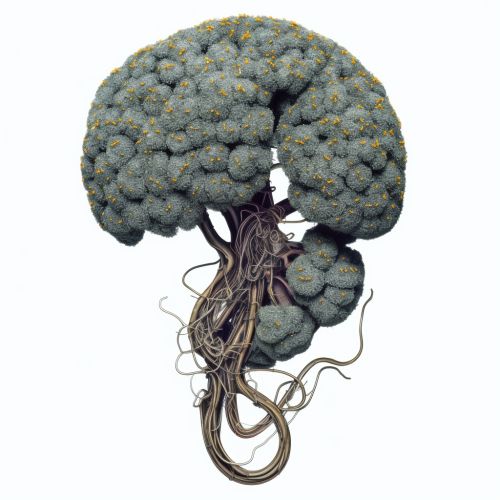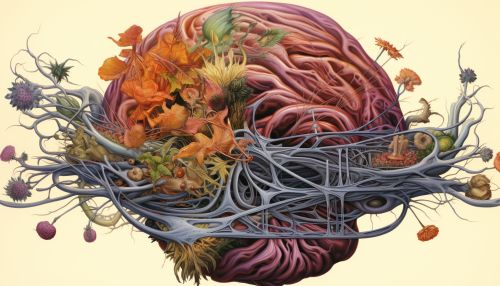Gut-Brain Axis
Introduction
The gut-brain axis is a complex, bidirectional communication system that exists between the gastrointestinal tract and the central nervous system. This system plays a crucial role in maintaining homeostasis and influencing various aspects of human health, including physical and mental well-being.


Anatomy and Physiology of the Gut-Brain Axis
The gut-brain axis involves direct and indirect pathways between cognitive and emotional centers in the brain and peripheral intestinal functions. The direct pathway includes the autonomic nervous system, which comprises sympathetic and parasympathetic branches. The indirect pathway involves the hypothalamic-pituitary-adrenal (HPA) axis, which is a major part of the neuroendocrine system that controls reactions to stress and regulates various body processes, including digestion, the immune system, mood and emotions, sexuality, and energy storage and expenditure.
Role of the Gut-Brain Axis in Health and Disease
The gut-brain axis is involved in a wide range of physiological functions and is implicated in various pathophysiological conditions. These include gastrointestinal disorders such as irritable bowel syndrome (IBS) and inflammatory bowel disease (IBD), as well as neurological and psychiatric disorders such as Parkinson's disease, Alzheimer's disease, autism spectrum disorder, depression, and anxiety disorders.
Gut Microbiota and the Gut-Brain Axis
The gut microbiota, also known as the gut flora, plays a vital role in the functioning of the gut-brain axis. This complex community of microorganisms inhabits the gut and influences the brain through various mechanisms, including neural, endocrine, immune, and metabolic pathways. The gut microbiota can affect brain function and behavior, and alterations in the composition of the gut microbiota have been associated with several neurological and psychiatric disorders.
Future Directions and Therapeutic Implications
Understanding the gut-brain axis and its implications for health and disease opens up new avenues for therapeutic interventions. These include dietary interventions, probiotics, prebiotics, and fecal microbiota transplantation, among others. However, more research is needed to fully understand the complex interactions within the gut-brain axis and to develop effective treatments for disorders associated with this system.
